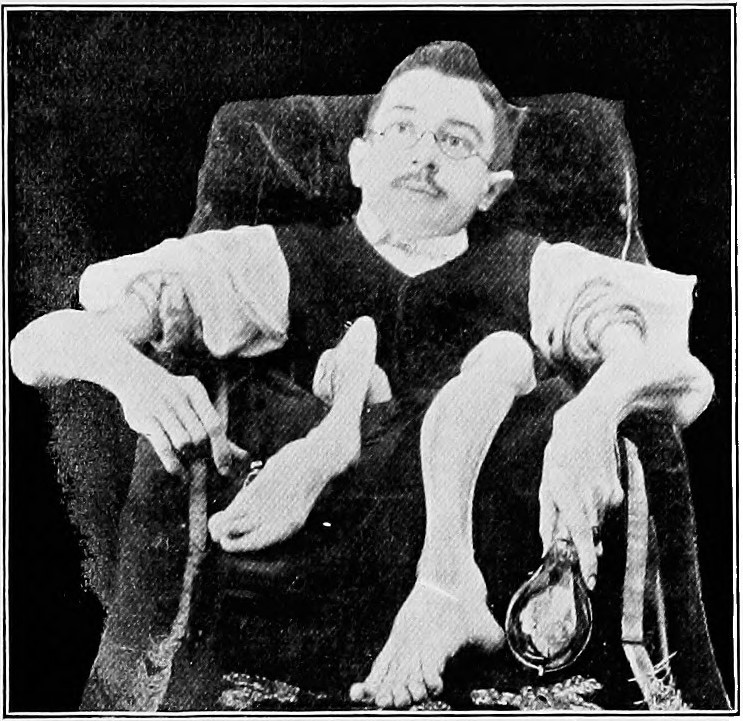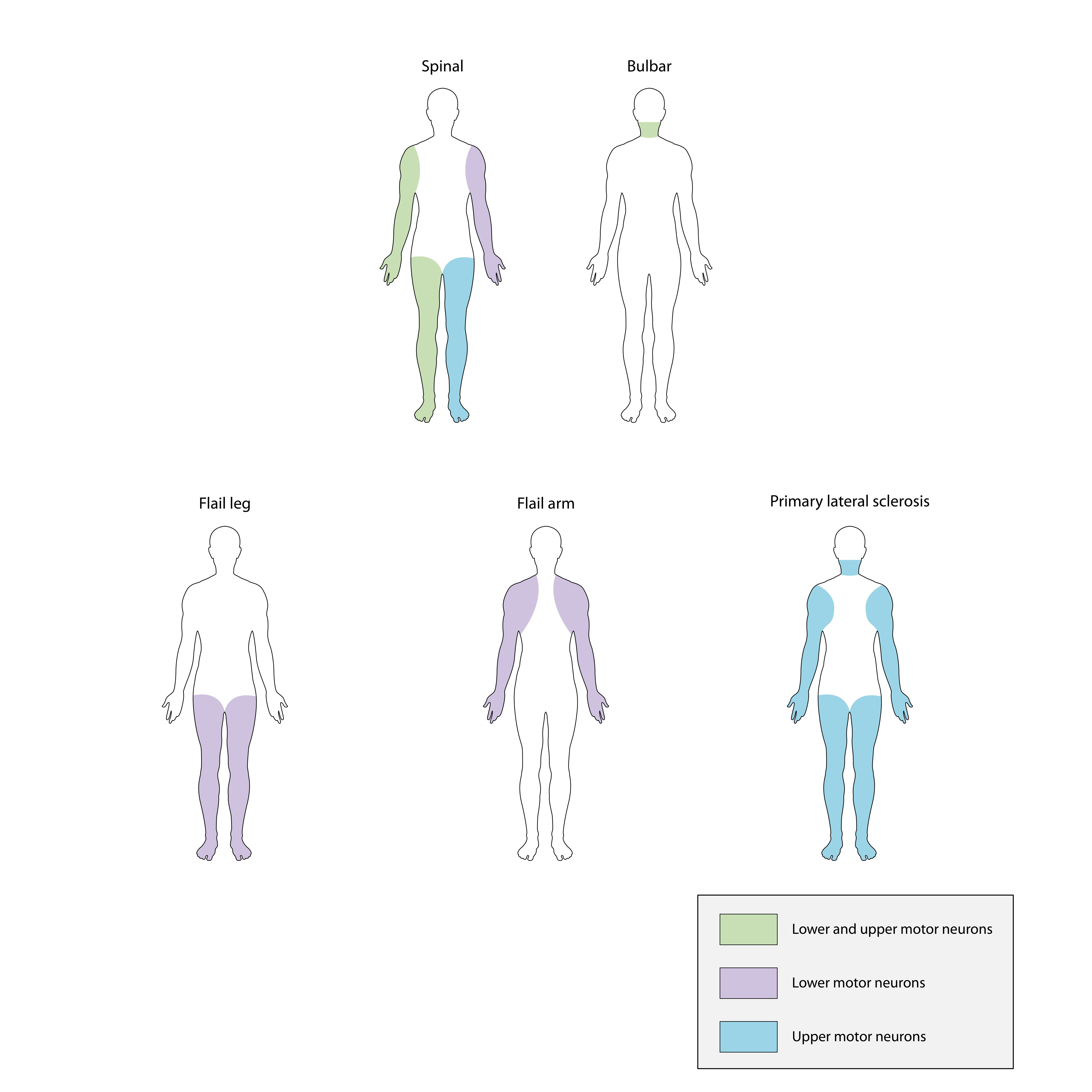|
Cannabis In New Jersey
Cannabis in New Jersey is legal for both medical use and recreational use. An amendment to the state constitution legalizing cannabis became effective on January 1, 2021, and enabling legislation and related bills were signed into law by governor Phil Murphy on February 22, 2021. The state legislature tried to legalize cannabis during its 2018-19 session, but was unsuccessful. Instead, the legislature placed the issue before the voters as a referendum on the 2020 ballot. Known as New Jersey Public Question 1, the referendum passed with 67% approval. As a follow-up to passage of Question 1, in December 2020 the legislature passed legislation creating a recreational marketplace. Disagreements between the governor and legislature over the lack of underage penalties in the legislation decriminalizing cannabis led to the effective date of cannabis legalization being delayed from January 1 until February 22, and police continued to arrest residents for marijuana offenses regularl ... [...More Info...] [...Related Items...] OR: [Wikipedia] [Google] [Baidu] |
New Jersey Constitution
The Constitution of the State of New Jersey is the basic governing document of the State of New Jersey. In addition to three British Royal Charters issued for East Jersey, West Jersey and united New Jersey while they were still colonies, the state has been governed by three constitutions. The first was adopted on July 2, 1776, shortly before New Jersey ratified the United States Declaration of Independence and the second came into effect in 1844. The current document was adopted in 1947 and has been amended several times. The state constitution reinforces the basic rights found in the United States Constitution, but also contains several unique provisions, such as regulations governing the operation of casinos. At 26,159 words, the document is slightly shorter than the average American state constitution (about 28,300 words). Previous versions Three fundamental documents had governed the territory now known as New Jersey. The first was the Concession and Agreement, which w ... [...More Info...] [...Related Items...] OR: [Wikipedia] [Google] [Baidu] |
Muscular Dystrophy
Muscular dystrophies (MD) are a genetically and clinically heterogeneous group of rare neuromuscular diseases that cause progressive weakness and breakdown of skeletal muscles over time. The disorders differ as to which muscles are primarily affected, the degree of weakness, how fast they worsen, and when symptoms begin. Some types are also associated with problems in other human organs, organs. Over 30 different disorders are classified as muscular dystrophies. Of those, Duchenne muscular dystrophy (DMD) accounts for approximately 50% of cases and affects males beginning around the age of four. Other relatively common muscular dystrophies include Becker muscular dystrophy, facioscapulohumeral muscular dystrophy, and myotonic dystrophy, whereas limb–girdle muscular dystrophy and congenital muscular dystrophy are themselves groups of several – usually extremely rare – genetic disorders. Muscular dystrophies are caused by mutations in genes, usually those involved in making ... [...More Info...] [...Related Items...] OR: [Wikipedia] [Google] [Baidu] |
Lou Gehrig's Disease
Amyotrophic lateral sclerosis (ALS), also known as motor neuron disease (MND) or—in the United States—Lou Gehrig's disease (LGD), is a rare, terminal neurodegenerative disorder that results in the progressive loss of both upper and lower motor neurons that normally control voluntary muscle contraction. ALS is the most common form of the motor neuron diseases. ALS often presents in its early stages with gradual muscle stiffness, twitches, weakness, and wasting. Motor neuron loss typically continues until the abilities to eat, speak, move, and, lastly, breathe are all lost. While only 15% of people with ALS also fully develop frontotemporal dementia, an estimated 50% face at least some minor difficulties with thinking and behavior. Depending on which of the aforementioned symptoms develops first, ALS is classified as ''limb-onset'' (begins with weakness in the arms or legs) or ''bulbar-onset'' (begins with difficulty in speaking or swallowing). Most cases of AL ... [...More Info...] [...Related Items...] OR: [Wikipedia] [Google] [Baidu] |
Seizure Disorder
Epilepsy is a group of non-communicable neurological disorders characterized by a tendency for recurrent, unprovoked seizures. A seizure is a sudden burst of abnormal electrical activity in the brain that can cause a variety of symptoms, ranging from brief lapses of awareness or muscle jerks to prolonged convulsions. These episodes can result in physical injuries, either directly, such as broken bones, or through causing accidents. The diagnosis of epilepsy typically requires at least two unprovoked seizures occurring more than 24 hours apart. In some cases, however, it may be diagnosed after a single unprovoked seizure if clinical evidence suggests a high risk of recurrence. Isolated seizures that occur without recurrence risk or are provoked by identifiable causes are not considered indicative of epilepsy. The underlying cause is often unknown, but epilepsy can result from brain injury, stroke, infections, tumors, genetic conditions, or developmental abnormalities. Epilepsy ... [...More Info...] [...Related Items...] OR: [Wikipedia] [Google] [Baidu] |
HIV/AIDS
The HIV, human immunodeficiency virus (HIV) is a retrovirus that attacks the immune system. Without treatment, it can lead to a spectrum of conditions including acquired immunodeficiency syndrome (AIDS). It is a Preventive healthcare, preventable disease. It can be managed with treatment and become a manageable chronic health condition. While there is no cure or vaccine for HIV, Management of HIV/AIDS, antiretroviral treatment can slow the course of the disease, and if used before significant disease progression, can extend the life expectancy of someone living with HIV to a nearly standard level. An HIV-positive person on treatment can expect to live a normal life, and die with the virus, not of it. Effective #Treatment, treatment for HIV-positive people (people living with HIV) involves a life-long regimen of medicine to suppress the virus, making the viral load undetectable. Treatment is recommended as soon as the diagnosis is made. An HIV-positive person who has an ... [...More Info...] [...Related Items...] OR: [Wikipedia] [Google] [Baidu] |
Multiple Sclerosis
Multiple sclerosis (MS) is an autoimmune disease resulting in damage to myelinthe insulating covers of nerve cellsin the brain and spinal cord. As a demyelinating disease, MS disrupts the nervous system's ability to Action potential, transmit signals, resulting in a range of signs and symptoms, including physical, cognitive disability, mental, and sometimes psychiatric problems. Symptoms include double vision, vision loss, eye pain, muscle weakness, and loss of Sensation (psychology), sensation or coordination. MS takes several forms, with new symptoms either occurring in isolated attacks (relapsing forms) or building up over time (progressive forms). In relapsing forms of MS, symptoms may disappear completely between attacks, although some permanent neurological problems often remain, especially as the disease advances. In progressive forms of MS, bodily function slowly deteriorates once symptoms manifest and will steadily worsen if left untreated. While its cause is unclear, ... [...More Info...] [...Related Items...] OR: [Wikipedia] [Google] [Baidu] |
Glaucoma
Glaucoma is a group of eye diseases that can lead to damage of the optic nerve. The optic nerve transmits visual information from the eye to the brain. Glaucoma may cause vision loss if left untreated. It has been called the "silent thief of sight" because the loss of vision usually occurs slowly over a long period of time. A major risk factor for glaucoma is increased pressure within the eye, known as Intraocular pressure, intraocular pressure (IOP). It is associated with old age, a family history of glaucoma, and certain medical conditions or the use of some medications. The word ''glaucoma'' comes from the Ancient Greek word (), meaning 'gleaming, blue-green, gray'. Of the different types of glaucoma, the most common are called open-angle glaucoma and closed-angle glaucoma. Inside the eye, a liquid called Aqueous humour, aqueous humor helps to maintain shape and provides nutrients. The aqueous humor normally drains through the trabecular meshwork. In open-angle glaucoma, ... [...More Info...] [...Related Items...] OR: [Wikipedia] [Google] [Baidu] |
Cancer
Cancer is a group of diseases involving Cell growth#Disorders, abnormal cell growth with the potential to Invasion (cancer), invade or Metastasis, spread to other parts of the body. These contrast with benign tumors, which do not spread. Possible Signs and symptoms of cancer, signs and symptoms include a lump, abnormal bleeding, prolonged cough, unexplained weight loss, and a change in defecation, bowel movements. While these symptoms may indicate cancer, they can also have other causes. List of cancer types, Over 100 types of cancers affect humans. Tobacco use is the cause of about 22% of cancer deaths. Another 10% are due to obesity, poor Diet (nutrition), diet, sedentary lifestyle, lack of physical activity or Alcohol abuse, excessive alcohol consumption. Other factors include certain infections, exposure to ionizing radiation, and environmental pollutants. infectious causes of cancer, Infection with specific viruses, bacteria and parasites is an environmental factor cau ... [...More Info...] [...Related Items...] OR: [Wikipedia] [Google] [Baidu] |
Jon Corzine
Jon Stevens Corzine ( ; born January 1, 1947) is an American financial executive and retired politician who served as a United States Senator from New Jersey from 2001 to 2006, and the 54th governor of New Jersey from 2006 to 2010. Corzine ran for a second term as governor but lost to Republican Chris Christie. A member of the Democratic Party, he previously worked at Goldman Sachs; after leaving politics, he was CEO of MF Global from 2010 until its collapse in 2011. Education and early business career Corzine was born in Taylorville, Illinois, the son of Nancy June (née Hedrick) and Roy Allen Corzine, Jr. His grandfather Roy A. Corzine, Sr. served in the Illinois General Assembly. He grew up on a small family farm in Willey Station, Illinois near Taylorville. After completing high school at Taylorville High School, where he had been the football quarterback and basketball captain, he attended the University of Illinois at Urbana–Champaign, where he was a member of the Ph ... [...More Info...] [...Related Items...] OR: [Wikipedia] [Google] [Baidu] |
Rutgers, The State University Of New Jersey
Rutgers University ( ), officially Rutgers, The State University of New Jersey, is a Public university, public land-grant research university consisting of three campuses in New Jersey. Chartered in 1766, Rutgers was originally called Queen's College and was affiliated with the Reformed Church in America, Dutch Reformed Church. It is the eighth-oldest college in the United States, the second-oldest in New Jersey (after Princeton University), and one of nine colonial colleges that were chartered before the American Revolution.Stoeckel, Althea"Presidents, professors, and politics: the colonial colleges and the American revolution", ''Conspectus of History'' (1976) 1(3):45–56. In 1825, Queen's College was renamed Rutgers College in honor of Colonel Henry Rutgers, whose substantial gift to the school had stabilized its finances during a period of uncertainty. For most of its existence, Rutgers was a Private university, private liberal arts college. It has evolved into a Mixed-sex ... [...More Info...] [...Related Items...] OR: [Wikipedia] [Google] [Baidu] |
Public Opinion
Public opinion, or popular opinion, is the collective opinion on a specific topic or voting intention relevant to society. It is the people's views on matters affecting them. In the 21st century, public opinion is widely thought to be heavily influenced by the media; many studies have been undertaken which look at the different factors which influence public opinion. Politicians and other people concerned with public opinion often attempt to influence it using advertising or rhetoric. Opinion plays a vital role in uncovering some critical decisions. Sentiment analysis or opinion mining is a method used to mine the thoughts or feelings of the general population. One of the struggles of public opinion is how it can be influenced by misinformation. Etymology The term "public opinion" was derived from the French ', which was first used in 1588 by Michel de Montaigne, one of the most significant philosophers of the French Renaissance, in the second edition of his famous '' Essays ... [...More Info...] [...Related Items...] OR: [Wikipedia] [Google] [Baidu] |





